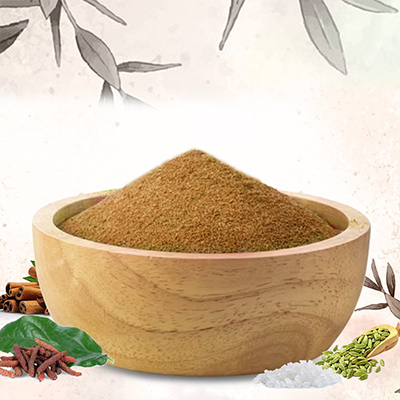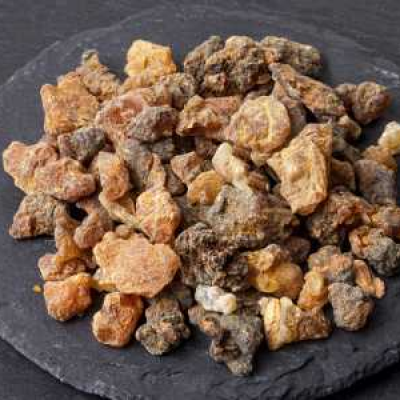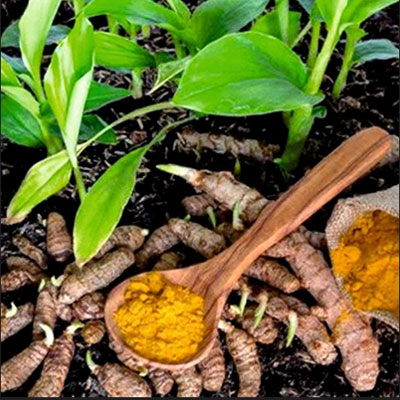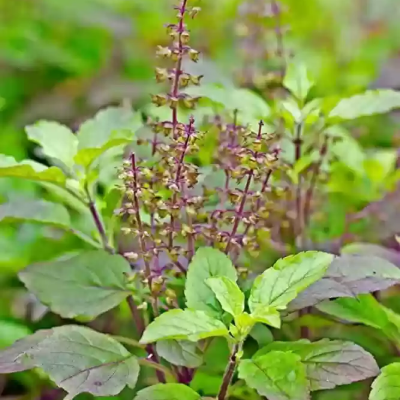Pleurisy is an inflammation of the pleura, the two thin layers of tissue (visceral and parietal pleura) that surround the lungs and line the chest cavity. This condition can cause sharp chest pain (pleuritic pain) that worsens with breathing, coughing, or sneezing.
Types of Pleurisy
Dry Pleurisy
- The pleural layers are inflamed, but no excess fluid accumulates in the pleural space.
- Characterized by friction between pleural layers, causing severe chest pain.
Wet Pleurisy (Pleural Effusion)
- Fluid builds up in the pleural space.
- This can reduce pain but may cause difficulty breathing due to lung compression.
Purulent Pleurisy (Empyema)
- The pleural space is filled with pus, often due to a bacterial infection
Haemorrhagic Pleurisy
- Blood accumulates in the pleural cavity, often due to trauma or malignancy.
Chylous Pleurisy
- The pleural space contains chyle (lymphatic fluid), often due to thoracic duct damage.
Causes
- Infections: Viral, bacterial (e.g., Streptococcus pneumoniae, Tuberculosis), or fungal.
- Autoimmune Disorders: Lupus, rheumatoid arthritis.
- Pulmonary Diseases: Pneumonia, pulmonary embolism, lung cancer.
- Trauma: Injury to the chest wall or ribs.
- Other Causes: Asbestos exposure, pancreatitis, or medication-induced inflammation.
Pathophysiology
- Triggering factor (e.g., infection or trauma) causes inflammation of the pleural membranes.
- This results in increased vascular permeability, leading to fluid or exudate accumulation.
- If untreated, adhesions and fibrosis may develop, impairing lung function.
Clinical Features
Chest Pain
- Sharp, stabbing pain that worsens with deep breathing, coughing, or sneezing.
Shortness of Breath
- Especially with pleural effusion due to lung compression.
Cough
- Often dry, though it may become productive with associated infection.
Fever and Chills
- Indicative of an infectious cause.
Pleural Rub Sound
- A scratching or squeaking sound heard during auscultation.
General Symptoms
- Fatigue, malaise, and reduced appetite.
Diagnostic tests
- Chest X-ray: Shows pleural thickening or effusion.
- Ultrasound: Detects fluid accumulation in the pleural space.
- CT scan: Helps identify underlying causes like tumors or abscesses.
- Blood Tests: Elevated white blood cell count in infections.
- Autoimmune markers (e.g., ANA, rheumatoid factor).
- Pleural Fluid Analysis: Thoracentesis to analyse pleural fluid for infection, malignancy, or other abnormalities.
- Pulmonary Function Tests (PFTs): Assesses lung capacity and function, especially in chronic cases.
Pathogenesis (Samprapti)
- Vata dosha: Causes sharp, shooting pain in the chest.
- Kapha dosha: Contributes to phlegm accumulation and heaviness.
- Pitta dosha: Leads to inflammation, fever, and burning sensation.
Ayurvedic Treatment of Pleurisy
Ayurvedic management aims to balance doshas, reduce inflammation, remove accumulated toxins, and strengthen the respiratory system.
Shodhana Chikitsa (Detoxification)
- Virechana (Purgation): Clears Pitta-related inflammation.
- Basti (Medicated Enema): Useful in chronic Vata-related pleurisy.
External Therapies
- Swedana (Steam Therapy): Helps liquefy and eliminate accumulated Kapha.
- Abhyanga (Oil Massage): Using medicated oils like Ksheerabala Taila to relieve pain and improve circulation
- Lepa (Herbal Paste): Local application of anti-inflammatory herbs over the chest.
Herbs and Formulations:
Dashamoola Kwatha
Anti-inflammatory and analgesic properties.
Sitopaladi Churna
Reduces cough and promotes lung health.
Trikatu Churna
Helps liquefy and eliminate Kapha dosha.
Guggulu preparations
E.g., Kaishore Guggulu to reduce swelling and pain.
Haridra (Turmeric)
Anti-inflammatory and antioxidant properties.
Tulsi (Holy Basil)
Reduces respiratory congestion.
Pippali (Long Pepper)
Enhances lung function and relieves Kapha
Combining modern diagnostic measures and treatment (e.g., antibiotics for infection) with Ayurvedic therapies can offer a holistic and effective approach to managing pleurisy. Long-term management should focus on preventing recurrences by improving lung function and balancing doshas.










